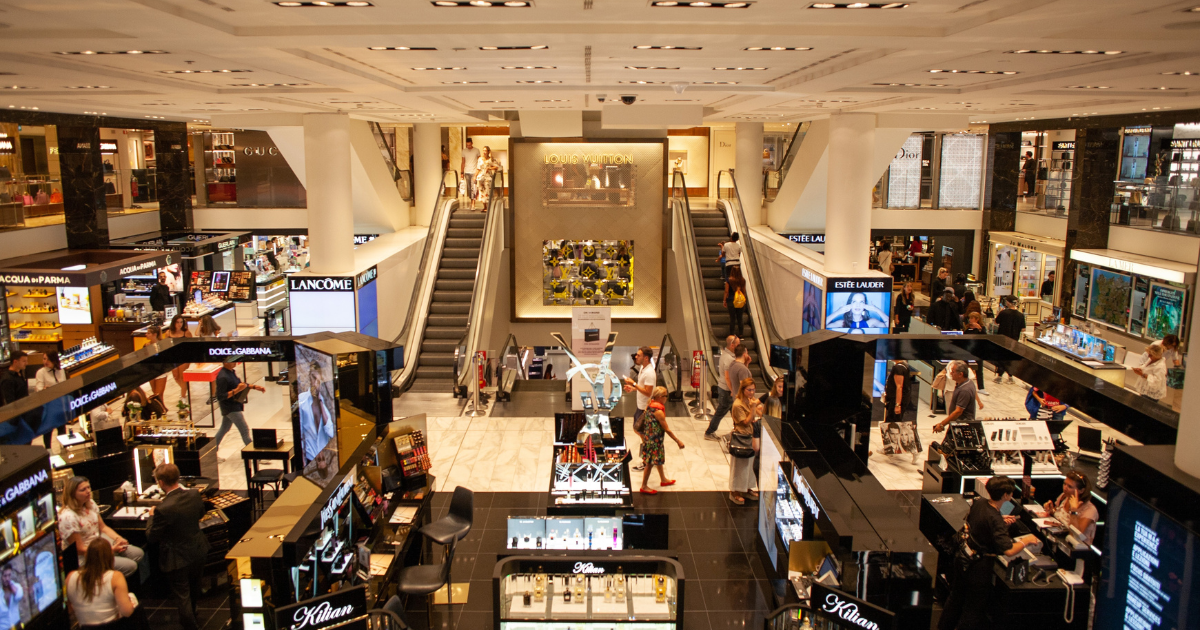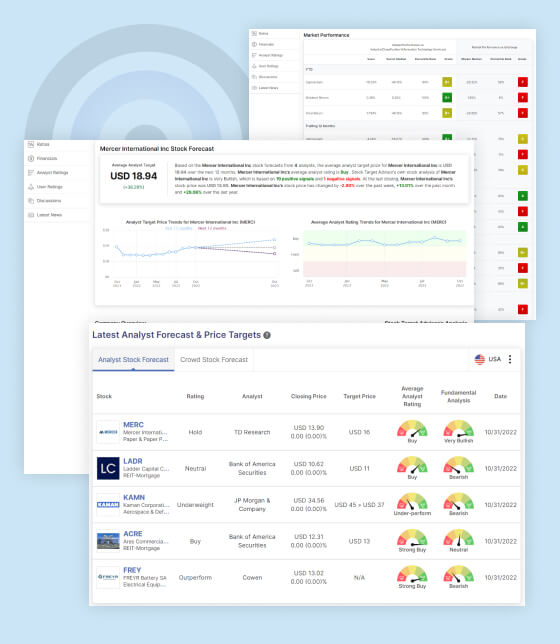Beijing, China – In 2022, the Chinese luxury market contracted by 10%, after five years of rapid expansion. This tendency was noticed in all luxury product categories, such as watches, apparel, leisure, jewelry, and leather products.
The decline was largely linked to Beijing’s zero-COVID policy, which sought to prevent the spread of the virus. The strategy led to an economic slowdown and a reduction in consumer expenditure, resulting in a decline in luxury market sales.
Between 20% and 25% of the decline in sales was attributable to watches. The fashion and lifestyle categories had a 15% to 20% loss, while the jewelry and leather goods categories experienced a 10% to 15% decline.
However, there is cause for optimism in the luxury sector, since Beijing’s decision to eliminate the zero-COVID policy at the beginning of December is anticipated to restore growth in the new year. This is likely attributable to an increase in mall visitation and a rise in consumer attitude.
Prior to the resumption of overseas travel, brands operating in the Chinese luxury sector must be proactive in closing price disparities between China and Europe. By doing so, businesses can ensure their competitiveness and attract customers in a market that is recovering.
To summarize, 2022 was a difficult year for the Chinese luxury sector, but there are indications that growth may return in the near future. As the market recovers, market-active brands must be prepared to capitalize on the possibilities that occur.






























